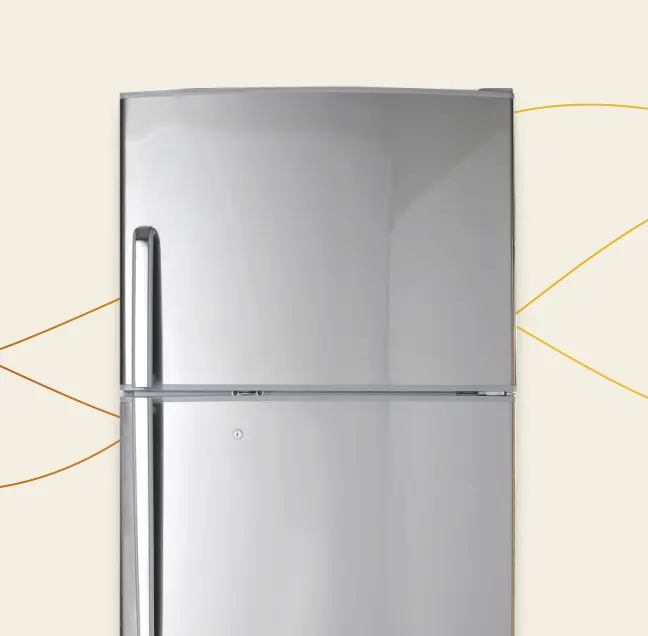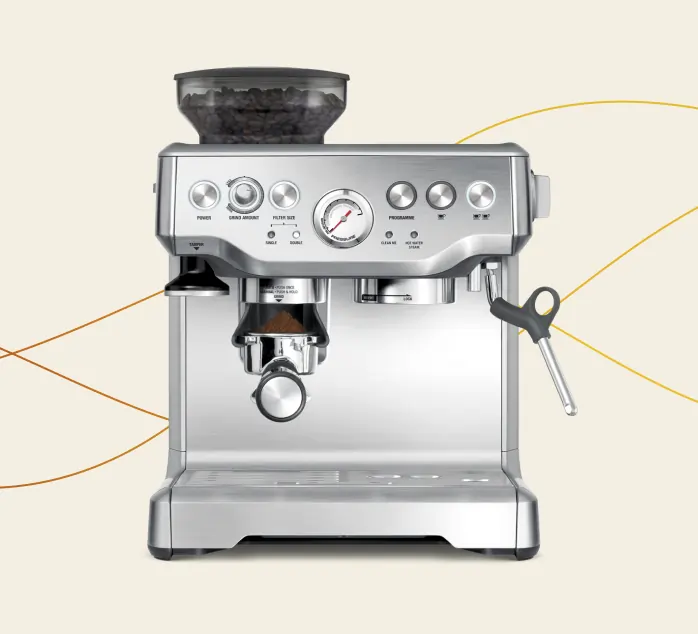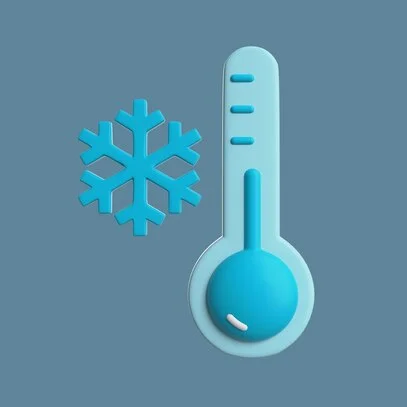Cold room installation is a task you need to undertake with a great consideration. Whether you're setting up a cold storage facility for a restaurant, pharmaceuticals, or any other industry, avoiding common mistakes is crucial to ensuring the longevity and efficiency of the cold room.
In this article, we will delve into the top mistakes to avoid in cold room installation, providing valuable insights and expert advice to guide you through a successful installation process.
Inadequate Insulation: The Foundation of Energy Efficiency
Proper insulation is the cornerstone of an energy-efficient cold room. Failing to choose the right insulation materials or neglecting to insulate critical areas can lead to significant energy losses. To avoid this mistake, opt for high-quality insulation materials that suit your specific cold storage needs.
Incorrect Sizing: Finding the Right Fit
Selecting the correct size for your cold room is pivotal. An undersized cold room will struggle to maintain the desired temperature, while an oversized one can lead to unnecessary energy consumption. Consider anticipated inventory growth and storage requirements to ensure the cold room's size aligns with your needs.
Poor Door Placement: Preventing Temperature Fluctuations
Improper placement of cold room doors can result in temperature inconsistencies and increased energy consumption. Strategically position doors away from direct sunlight and high-traffic areas to minimize temperature fluctuations whenever the door is opened.
Neglecting Airflow: Ensuring Even Temperature Distribution
Neglecting proper airflow design within the cold room can lead to uneven temperature distribution. Cold spots can compromise the quality and safety of stored items. Work with experts to design an effective airflow system that maintains consistent temperatures throughout the cold room.
Improper Shelving and Racking: Maximising Space and Efficiency
Choosing the wrong shelving or racking system can hinder accessibility and airflow, affecting the overall efficiency of the cold room. Opt for shelving that allows for proper ventilation and easy organization of items, minimising the chances of temperature variations.
Inadequate Drainage: Preventing Moisture Buildup
Improper drainage within the cold room can result in moisture buildup, leading to potential mold growth and compromised inventory. Ensure that the cold room is equipped with proper drainage systems to eliminate excess moisture effectively.
Rushing the Installation: Prioritising Precision
Cold room installation requires meticulous planning and execution. Rushing through the process can lead to errors that affect energy efficiency and overall functionality. Take the time to follow installation guidelines and work with experienced professionals to ensure a successful outcome.
Incorrect Placement of Refrigeration Units: Optimal Cooling
Placing refrigeration units inappropriately can lead to uneven cooling and strain on the system. Consult with experts to determine the best location for refrigeration units, considering factors such as airflow and accessibility.
Conclusion
Avoiding the top mistakes in cold room installation is essential for creating a functional, efficient, and reliable cold storage facility. By prioritising proper insulation, sizing, and ventilation, you can ensure that your cold room operates optimally, preserving the quality of your stored items and minimising energy consumption. Remember to seek guidance from experts, follow installation guidelines, and invest in the right systems for a successful cold room installation journey


